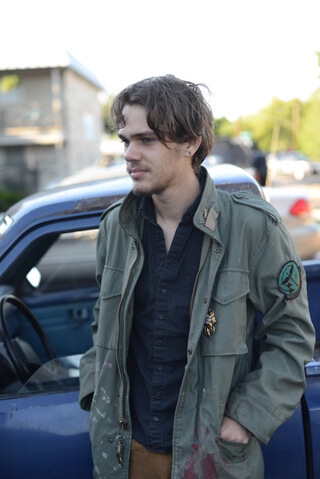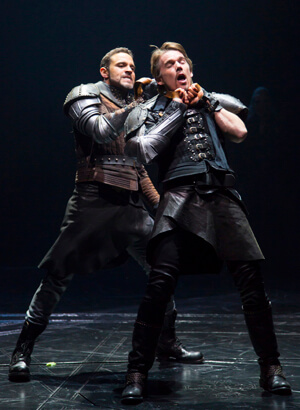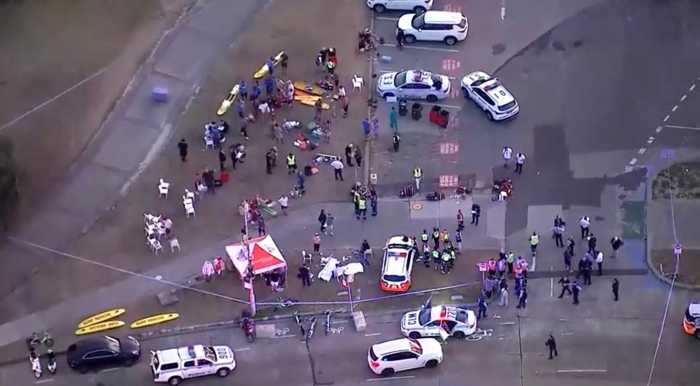Ellar Coltrane in Richard Linklater’s “Boyhood.” | IFC FILMS
BY STEVE ERICKSON | The late French critic Serge Daney praised Eric Rohmer’s “The Green Ray” by saying its greatness lay in the way it created a unique sense of duration. The same is true of Richard Linklater’s “Boyhood.” I’ve never seen a film paced quite the same way.
Especially in its first half, which covers the protagonist’s life from age six to 14, characters pop in and out of the story with no explanation. In one scene, his mother is taking a psychology class. Soon afterwards, she’s married to her professor. The film is more than two hours and 40 minutes long, yet it flies by.
The only real precedent is French director Maurice Pialat’s work, yet Pialat’s films were deliberately jagged — one got the sense he wanted to piss off spectators expecting a conventional narrative — while Linklater’s storytelling is both elliptical and relatively gentle. At the same time, he manages to convey something profound about the way we experience time. When the film slows down in the second half, while the protagonist finishes high school and starts his first day of college, it suggests that he’s feeling the weight of every moment.
Richard Linklater chronicles a boy’s life in the sprawl of Texas
“Boyhood” was shot in brief intervals over the course of a dozen years — something unprecedented for a narrative film. (In total, there were only 39 shooting days.) When it begins, Mason (Ellar Coltrane) and his sister Samantha (the director’s daughter Lorelei) are living in a small East Texas town. Mason likes spraying graffiti and browsing through lingerie catalogues, while Samantha is more extroverted and somewhat bratty. Their mother (Patricia Arquette) is separated from their father (Ethan Hawke). The family moves to Houston, and she goes back to school to get an MA in psychology. The kids see their father from time to time, as he takes them bowling and offers political opinions and awkward lessons about contraception. Their mother makes the mistake of marrying an abusive alcoholic.
Like Kelly Reichardt’s “Night Moves” — the only real competition “Boyhood” has as the best film released so far this year — Linklater’s film combines an American setting with European influences. His characters never leave Texas. They move around a lot, alternating between big cities (Houston and Austin) and small towns, but there’s a sense of suburban sprawl and rural space to the whole film. None of its settings feel urban the way Manhattan does.
“Night Moves” combines a European sense of alienation, derived from Antonioni and Bresson, with a landscape of Pacific Northwest campgrounds, dams, and farms. “Boyhood” is steeped in Texan culture, which includes the notion that it’s a good idea to give a boy a shotgun for a 15th-birthday present and then head off to church. But Linklater draws his storytelling techniques from films his characters might not have a chance to see theatrically in Texas, at least outside of Austin.
“Boyhood” was shot on 35mm film. Were it shot on video, the 12-year production would be far more obvious; that format’s technology has changed so much over the period during which “Boyhood” was made that the earliest footage would now look rather primitive.
Linklater’s direction avoids showiness, but when he wants to aim for beauty, as in the rural landscapes of the film’s final scenes, it makes a big impact. There are minor changes in the color and lighting of the film as it progresses, which may reflect technological evolutions at Kodak, but its look is consistent, which makes the speed of the narrative’s passage through time all the more jarring. In an instant, Mason’s hairstyle suddenly changes.
Mason comes into his own in the second half of the film. In photography, he finds a real passion. A teacher tells him that he needs to learn discipline if he’s going to succeed in making a living, but he at least gets a college scholarship out of it. Linklater didn’t study photography, but his own craft is obviously related. I’d be amazed if “Boyhood” isn’t autobiographical on some level, though the director brought the drama full circle by casting his own daughter as Mason’s sister.
While watching “Boyhood,” one experiences the recent past as history and then realizes that it was the present at the time of filming. When Mason and Samantha go out campaigning for Obama, it was hardly certain he would be elected. The political references in “Boyhood” play as markers of time more than anything particularly meaningful. The film’s one false note is a condescending scene in which a Latino restaurant manager comes up to thank Mason’s mother for encouraging him to get an education.
If there’s anything truly political in “Boyhood” — and I think there is — it lies in Mason’s determination to live life on his own terms in a world where that notion is in danger of being reduced to a slogan advertising jeans.
In New York, the summer is Linklater’s: on July 18, Anthology Film Archives (anthologyfilmarchives.org) opens “Double Play,” a documentary featuring him and avant-garde filmmaker James Benning, and accompanies it with a partial retrospective, including several rarities.
BOYHOOD | Directed by Richard Linklater | IFC Films | Opens Jul. 11 | IFC Center, 323 Sixth Ave. at W. Third St. | ifccenter.com






































